- Online car hire since 2005
Car hire Namibia
Save time and money. We compare the offers of car rental companies in Namibia on your behalf.
- Free cancellation Up to 48 hours prior to the scheduled pick up time
- Best price guarantee Have you found a better price? Let us know and we will make you a better offer.
- Already 500,000+ bookings More than half a million people preceded you 24000+ pick-up locations Locations around the world
- 24000+ pick-up locations Locations around the world
Car hire Namibia
EasyTerra Car Hire Namibia is an independent car hire comparison site. Our system compares prices from well-known car hire companies so as a customer you can always book your hire car through us at a competitive rate.
Car rental offers in Namibia
Whether you're looking for a small rental car or a station wagon for the entire family, we will always have a suitable vehicle for the lowest price. Below are some examples from our selection in Namibia.

-
Avis From£ 25 /day

-
Avis From£ 25 /day

-
Avis From£ 35 /day

-
Avis From£ 35 /day

-
Europcar From£ 39 /day
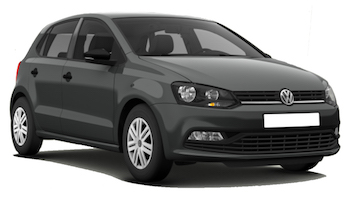
-
Hertz From£ 25 /day
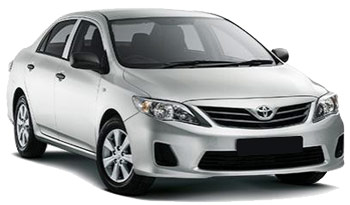
-
Avis From£ 27 /day -
Europcar From£ 29 /day

-
Hertz From£ 29 /day
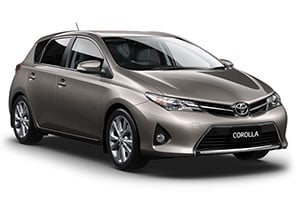
-
Hertz From£ 31 /day -
Avis From£ 34 /day

-
Bluu Car Rental From£ 35 /day -
Avis From£ 37 /day

-
Hertz From£ 35 /day -
Avis From£ 36 /day

-
Hertz From£ 45 /day

-
Avis From£ 50 /day

-
Hertz From£ 54 /day
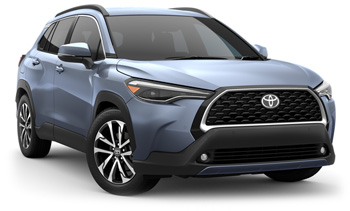
-
Avis From£ 49 /day -
Europcar From£ 54 /day -
Bluu Car Rental From£ 63 /day
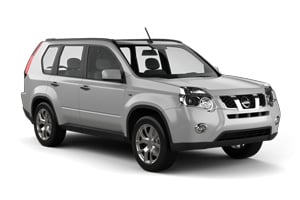
-
Avis From£ 49 /day

-
Avis From£ 56 /day

-
Avis From£ 59 /day -
Bluu Car Rental From£ 65 /day
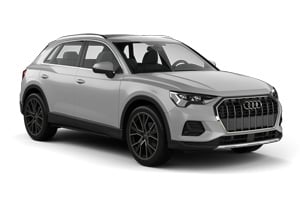
-
Avis From£ 63 /day
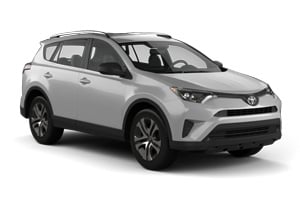
-
Hertz From£ 59 /day
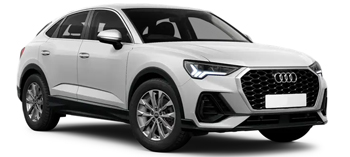
-
Avis From£ 62 /day

-
Avis From£ 81 /day
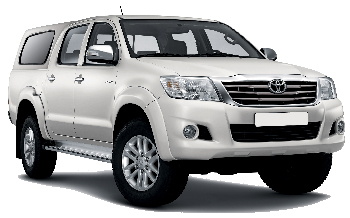
-
Avis From£ 60 /day
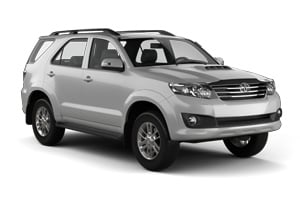
-
Avis From£ 61 /day -
Europcar From£ 65 /day -
Hertz From£ 70 /day

-
Avis From£ 67 /day -
Bluu Car Rental From£ 75 /day

-
Avis From£ 61 /day -
Europcar From£ 66 /day
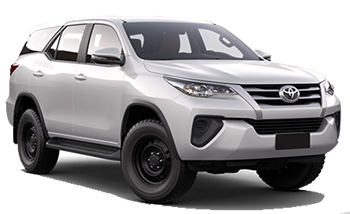
-
Avis From£ 73 /day
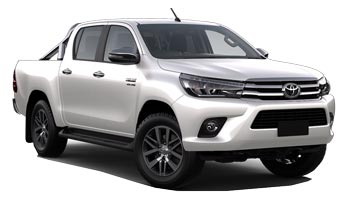
-
Hertz From£ 69 /day

-
Hertz From£ 89 /day
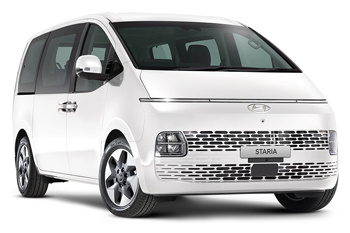
-
Europcar From£ 75 /day

-
Avis From£ 121 /day
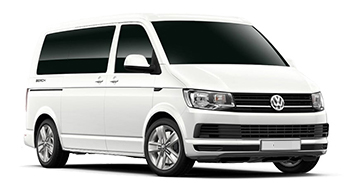
-
Avis From£ 83 /day

-
Bluu Car Rental From£ 71 /day

-
Avis From£ 98 /day
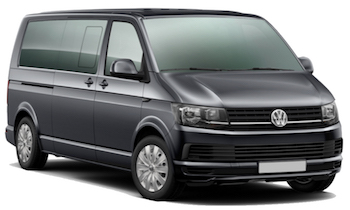
-
Bluu Car Rental From£ 103 /day
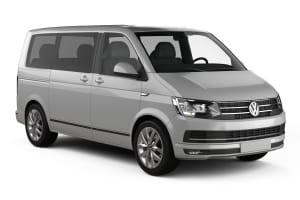
-
Avis From£ 83 /day

-
Avis From£ 98 /day

-
Bluu Car Rental From£ 103 /day

-
Europcar From£ 39 /day

-
Hertz From£ 45 /day

-
Hertz From£ 54 /day

-
Avis From£ 49 /day -
Europcar From£ 54 /day -
Bluu Car Rental From£ 63 /day

-
Avis From£ 49 /day

-
Avis From£ 56 /day

-
Avis From£ 59 /day -
Bluu Car Rental From£ 65 /day

-
Hertz From£ 59 /day

-
Avis From£ 67 /day
Useful tips for a well-prepared trip
Which insurance should I choose, and what's the deal with the deposit? Read our articles with useful information and tips to ensure you choose the right rental car for you.
When to book a rental car in Namibia
Car rental locations in Namibia
EasyTerra Car Hire compares rental car prices at the following destinations

Location information for Namibia
Namibia is best explored by rental car. EasyTerra Car Hire has over 6 pick-up locations in Namibia. This means there is always a pick-up location close to your destination.
Most popular car hire locations in Namibia
Introduction
Namibia is a fascinating country in the southwest of Africa. The land is dry, hot and breathtakingly beautiful. From a political point of view Namibia has been very peaceful ever since it gained its independence in 1990. Many different communities live together in this spacious country. All of this makes it very interesting to pay Namibia a visit. In the centre of the country lies its capital Windhoek. Other important cities are Walvisbaai, Luderitz and Swakopmund.
The landscape offers magnificent panoramic views. Remarkable flora of Namibia are the kokerboom and the welwitschia. The first is an out of proportion grown aloe, a typical African succulent. The welwitschia is one of the strangest plants on earth. The average age of the welwitschia is five hundred years, but it can also become two thousand years or more. The world's biggest on land living animal walks the Namibian soil: the African Bush Elephant. Nowadays ecotourism is a major source of income in Namibia. African Bush Elephants and many other wild animals can be spotted in the wildlife reserves. At night tourists can stay in the parks, surrounded by thousands of kilometers unspoiled nature.
History
Cave wall paintings bear witness to an early habitation of the area that is known today as Namibia. The paintings date from 29000 to 1500 years ago. The first Bantu-speaking communities arrived in the north of Namibia between 0 and 500 AD. It is generally accepted that the San or Bushmen were the first to inhabit the land. These people are still living in Namibia.
The first European to set foot ashore was the Portuguese Diogo Cao. In 1485 he moored at the Namibian coast, erected a cross and continued his journey along the coast of Africa. The Namib Desert formed a natural barrier because of which all expeditions stranded on the coast.
During the sixteenth century the Herero and the Owambo migrated to Namibia. Thereupon the Nama tribes came from the south during the second half of the eighteenth century. During the same period, the Kavango settled in the north. Under the heading 'Society and culture' the different tribes of Namibia are described.
In 1793 the Dutch authorities of the Cape got hold of Walvisbaai. At the end of the eighteenth century the British replaced the Dutch. Neither the British nor the Dutch penetrated the interior.
In the nineteenth century the European missionaries discovered the hinterland. This is how Namibia came under German rule. During that time the country was called 'German Southwest Africa'. Walvisbaai, the most important seaport remained under British rule. The native inhabitants vehemently resisted the German oppression. In the meantime a large number of Germans settled in the new colony. One of the reasons for this was the discovery of diamonds. The Germans took land from the natives as a result of which the relationship between them worsened.
The revolts of the native population resulted in 1904 in the Herero and Namaqua Wars. The famous Hendrik Witbooi commanded the Namaqua population in their war against the oppressors. Eventually the war ended in genocide of the Herero and Namaqua. Respectively eighty and fifty percent of the communities have died in this massacre.
During the First World War Namibia ended up in South African hands. It remained a mandate until after the Second World War. South Africa saw its opportunity and annexed Namibia. Again, the population did not voluntarily resign to its fate. In 1966 the military branch of the SWAPO (South-West Africa People's Organization) was founded. This guerilla group, called the People's Liberation Army of Namibia, started a war of independence. It wasn't until 1988 that South Africa agreed to withdraw from Namibia. Real independence came in 1990. In 1994 South Africa eventually handed over Walvisbaai.
Society and culture
There are many different communities living in Namibia. Owambo, Kavango, Damara, Nama, Caprivi, San, Baster and Tswana all live in this country. Over time mixed relationships developed, which gave birth to a new minority. Six percent of the population is white.
The San are the oldest people living here. They are also called Bushmen. Their love for music and dance is characteristic for them. The word 'San' means 'outsider'. The name was given to them by their rivals, the Khoikhoi. This is why the San prefer to be called Bushmen.
The Nama live in the south. During the nineteenth century they arrived in Namibia. In the past they were also referred to as Hottentots. They used to live close to the River Orange, but the arrival of the diamond mines made them migrate to the north. They have a long tradition of oral poetry and storytelling. For these people too, music forms an important part of their identity.
The most numerous of all are the Owambo. Almost half of the Namibian population belongs to this group. There are eight subtribes in Namibia. They all have their own kings and languages. Because the languages resemble one another, they are all classified as belonging to the Oshiwambo language family.
Despite the genocide of 1904 there still is a small group of Herero living in Namibia. These people are closely related to the Himba who also live in the country. Of old, the people of both groups are shepherds. Their languages, the Otjiherero and Zemba, are very similar. Originally, the Herero as well as the Himba wore few clothes. Nowadays the Himba women still wear a kind of small skirt. Herero women on the other hand, came to wear a Victorian-like dress because of their frequent contact with Europeans.
The Damara probably inhabited the area before the Nama and Herero arrived in the eighteenth and nineteenth centuries. Originally this group came from Zambia or Zimbabwe. Nowadays, more than one hundred thousand Damara live in Namibia.
The Baster live in Rehoboth, some ninety kilometres south of Windhoek. They derive from the European colonists, primarily the Dutch, and local African Khoisan communities. These communities actually consist of Khoikhoi and San. There are approximately 35 thousand Baster who live in an area of 14 thousand square kilometers.
In the Caprivi region live the Caprivi communities. This is a generic term used for all the different tribes living here and may differ substantially among each other.
Namibia is the world's most sparsely populated country, despite the large number of different tribes. Less than two million people inhabit Namibia. Most Namibians live in the rural areas.
There are as many languages in Namibia as there are different tribes. The official language is English. However, less than one percent of the population can speak English. The different groups use the African to communicate with each other. A considerable group speaks Nama and Damara, Herero and Kavango languages.
Apart from the traditional African religions, Christianity is widely spread in Namibia. Eighty to ninety percent of the population is adherent to this religion. Many Nama have converted to Islam. They are now the largest group of Muslims in Namibia.
Political situation
Since 1990 Namibia has been a republic, divided in thirteen districts. The current president is Hifikepunye Lucas Pohamba. The ruling party is the SWAPO. In 2005 Pohamba was sworn into his office. He succeeded Sam Nujoma, the first president of the independent republic of Namibia. The country has joined the United Nations and the African Union. Namibia is a peaceful country.
One of the spearheads of the SWAPO government is the redistribution of land to the population. Because of the colonial past three-quarters of the land is in the hands of only twenty percent of the population. The process of redistributing the land goes very slow, as the constitution only allows the land to be sold when the landowner grants his permission.
Economy
The Namibian economy revolves primarily around mining and manufacturing. Though only one percent of Namibia's soil can be cultivated, almost half of the population finds its income in the agricultural sector. The unemployment rate is very high. Thirty to forty percent of the people is unemployed. The income inequality is also very high.
Because of their shared history, the South African and Namibian economies are closely knit. Namibia is the fifth largest' producer of uranium. Besides this, it is the main supplier of quality diamonds. The land contains a mass of lead, silver, tin and tungsten.
Tourism is an upcoming source of income for Namibia. Every year, around one million people visit the country. The tourists mainly come from South Africa, Germany, Great Britain, Italy and France. Namibia is known for its ecotourism. Especially the wildlife parks with their many animal species form a major attraction.
The Namibian currency is the Dollar.
Geography and climate
Namibia covers 824.268 square kilometers of land and lies at the southwestern side of Southern Africa. The country borders on Angola, Zambia, Botswana and South Africa. To the west of Namibia lies the Atlantic Ocean. Between Angola and Botswana there is a small strip of land, approximately thirty kilometers wide. This Caprivi Strip belongs to Namibia. The area was named after a German chancellor Georg Leo von Caprivi di Caprara di Montecuccoli. The Caprivi Strip has been the theatre of the independence war that raved from 1960 to 1990. The Caprivi Liberation Army wanted to be separated from Namibia. Nowadays the region primarily consists of National Parks.
The landscape can be divided into several areas with their accompanying characteristics. Along the Atlantic Ocean you will find the Namib Desert. The Kalahari Desert runs along the southeastern border with Botswana. In central Namibia savannah and woody regions can be found. Eventually, these woody regions become lush forests in the northeast.
There are five major rivers flowing through Namibia. The Kunene, Okavango, Kwando and Zambezi form natural borders with Botswana and Zambia. The first three rivers can be traced down to Angola. The last one originates in Zambia. The River Orange runs through the south. This river originates in the Drakensbergen at the border between South Africa and Lesotho. Eventually, the Orange River forms the border between South Africa and Namibia. In the south you will also find the Brandberg. This mountain is the highest mountain of Namibia. Its peak lies at 2579 meters.
In the south lies the Fish River Canyon. This breathtaking canyon is surrounded by cliffs.
Namibia is the only country in the world that has included the protection and preservation of its nature in the constitution.
The Namibian climate is arid. The hottest months are January and February. The average day temperature lies around thirty degrees. During winter, from May to September, the temperature varies between minus six degrees Celsius at night to twenty degrees during daytime. In general winter days are also sunny and clear. Most rainfall occurs in summer.
Traffic and infrastructure
The Namibian roads can sometimes be awful. Travelers who want to travel between villages and outside the big cities are recommended to bring along some spare tires. The road network connects Namibia with the neighboring countries Angola, Botswana, South Africa, Zimbabwe and Zambia.
Bus transportation is limited. From Windhoek there are buses to Johannesburg and Cape Town. Minibuses connect Oshakati and Keetmanshoop.
The railway network is sparse. The main track runs from the border with South Africa through Keetmanshoop and then to Walvisbaai. Then it goes to Windhoek, Okahandja and Swakopmund. The cities Omaruru, Otjiwarongo, Otavi, Tsumeb and Grootfontein are also connected by railways.
Walvisbaai and Luderitz are the most important harbours of Namibia. Especially Walvisbaai's fishing industry forms a considerable contribution to Namibia's economy.
There are eight airports in Namibia. Travelers flying from outside Namibia will arrive at Hosea Kutako International Airport. This airport lies about fifty kilometers south of Windhoek.
Food and drink
Visitors will probably be surprised by the Namibian food. One of the ingredients of the Namibian cuisine is insects. A popular delicacy for rural but also the urban population is the mopane caterpillar. The caterpillar can be found on the mopane tree, hence the name. In Oshiwambo, the most often used language, the insect is called omagungu. The omagungu is frequently served with corn porridge.
Many Namibian communities have their own special way of cooking and popular ingredients. Frequently eaten vegetables are pumpkin, sweet peppers and onion. The colonists have brought their own special foods to Namibia. The Germans have introduced their typical sweet pastries and meat. Bratwursts come together with the Oktoberfesten in October where beer and wine are also in abundance. From South Africa originates the Boerworst: the farmer's sausage.
Typical Namibian drinks are for example walende and mataku. The first is vodka-like palm distillate. Those who have managed to lay their hands on mataku have drunk wine made from watermelons.
Time zone
The Namibian time is GMT/UTC +1. In summer the time is GMT/UTC +2. It is set back in winter.
Accommodation
As tourism is an upcoming source of income, there are atmospheric and well-cared-for hotels in Namibia.
Ecotourism is also very popular in Namibia. Tourists can spend the night in primitive huts or tents. Camping in National Parks is recommended. There are many camp sites. Wild camping is strongly advised against. Often, it is also possible to spend the night at farms, where it is possible to sleep in guest rooms, but also in tents.
In the cities there are some Bed & Breakfasts.
External sources
For more information about Namibia we recommend Google and the following sources:
- Wikipedia, Namibia
- Official site of the Namibian government
Practical information
-
CurrencySouth African rand, Namibian dollar
-
Driving directionLeft
-
City speed limit60 km/h
-
Freeway speed limit120 km/h
-
LanguageEnglish, Afrikaans
-
Popular car categorySUV
What most people want to know
The following questions and answers are a selection of the most popular questions. If you do not find the answer to your question, have a look at the Frequently Asked Questions page or contact us.
- Bluu Car Rental
- Bidvest Car Rental
- Europcar
- Hertz
- Avis
- Budget
- Thrifty
- Bobo Campers
- Britz Motorhomes
- KEA Campers
- Maui Motorhomes